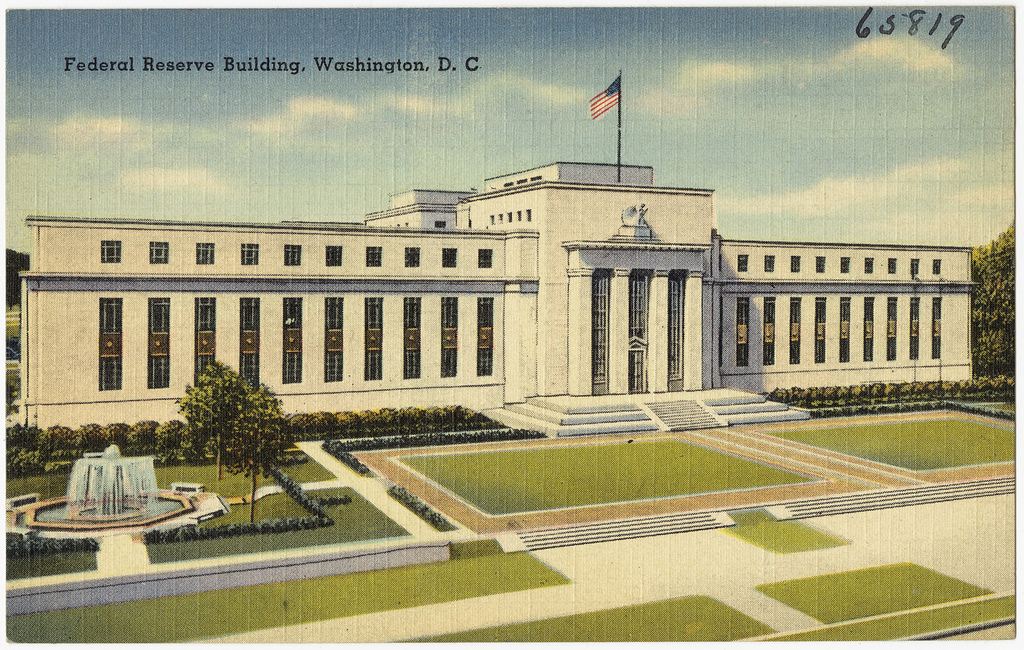The difference between the seemingly healthy increase in the labor market and the poor health of many other economic barometers is posing some difficult questions for the Federal Reserve. Many officials have mentioned that the Fed needs to raise benchmark interest rates as the job growth continues to prevent more inflation in the future. The strength of job market increases, including burgeoning wage growth, could mean that the policy makers at the Federal Reserve could potentially raise rates as soon as March, but honestly that could turn out to be a sucker’s bet.
“My message to the Fed regarding this recent, long-awaited acceleration in wages is ‘Love it and leave it alone,’ ” said Jared Bernstein, an economist at the Center on Budget and Policy Priorities who has served as the chief economic adviser to Vice President Joseph R. Biden Jr. “If we want working people to benefit from the expansion, the last thing you’d want to do is tap the brakes — especially given the absence of inflationary pressures.”
December was the first time that the Fed has raised its benchmark rate since the 2008 financial crisis. Up until the end of last year, it had maintained rates near zero to encourage borrowing. The Fed has said that the plan is to raise rates gradually, reducing the incentives for borrowing and being more aggressive with risky spending that have been in place, because the economy no longer needed as much aid.
In the current state of things, inflation is low, there is much slower growth, and the mercurial nature of the economic issues worldwide means that seeing into the future to predict trends could be a volatile proposition. Raising rates could hurt the economy just as things are starting to look up for a large portion of Americans.
The stronger wage growth shown in the January jobs report, however, is likely to be taken as a clear signal for the Fed to give the go-ahead. The reason that it is believed that the job and wage growth will be looked at so closely by the Fed is that it tends to be a more accurate depiction of potential strength of the health of the economy.
While there are those that believe that global pressures of a volatile market are going to exacerbate tension on the American economy, and that caution -and waiting to ride it out- before raising rates is the prudent tactic, other experts disagree. “At this point, solid labor market indicators, including strong payroll growth, and healthy growth in real disposable income, suggest that underlying U.S. economic fundamentals remain sound,” Ms. Mester, president of the Federal Reserve Bank of Cleveland said. “Until we see further evidence to the contrary, my expectation is that the U.S. economy will work through the latest episode of market turbulence and soft patch to regain its footing for moderate growth.”
Will the Fed play it safe, or is it time to raise rates? At this point, it’s anyone’s guess. The pros and cons on each side are significant, and neither are to be taken lightly. The Federal Reserve will meet next on March 15th and 16th, and we’ll find out then.
